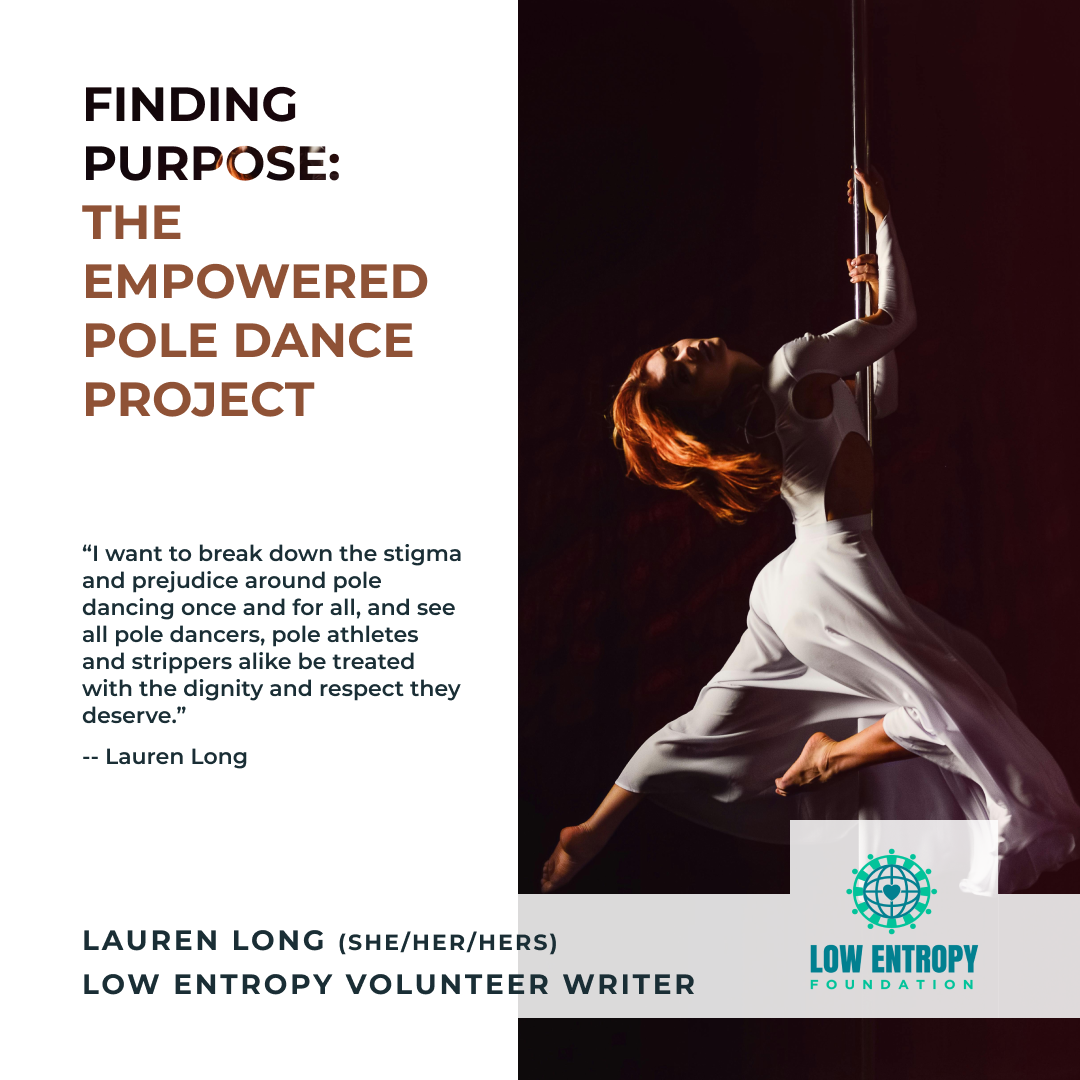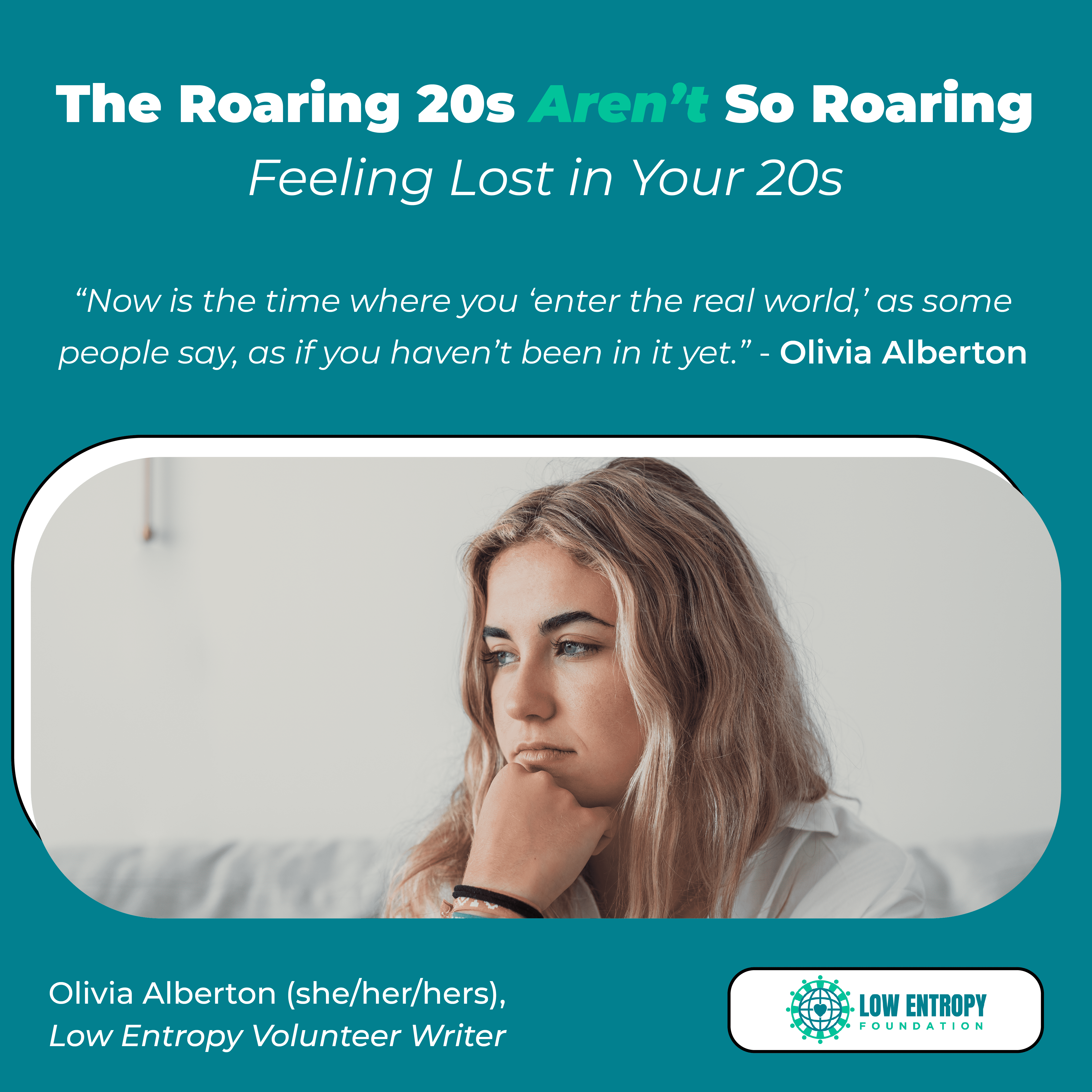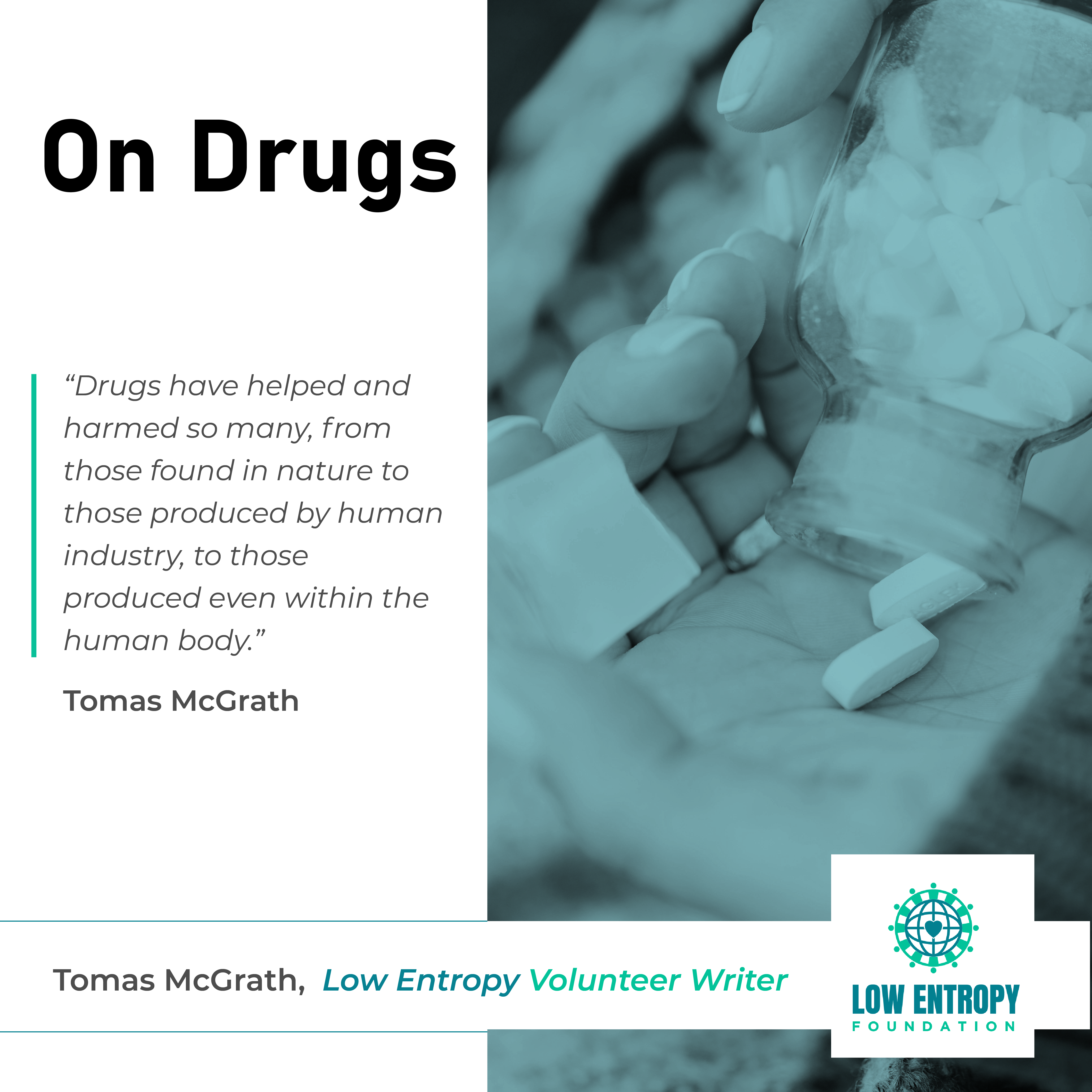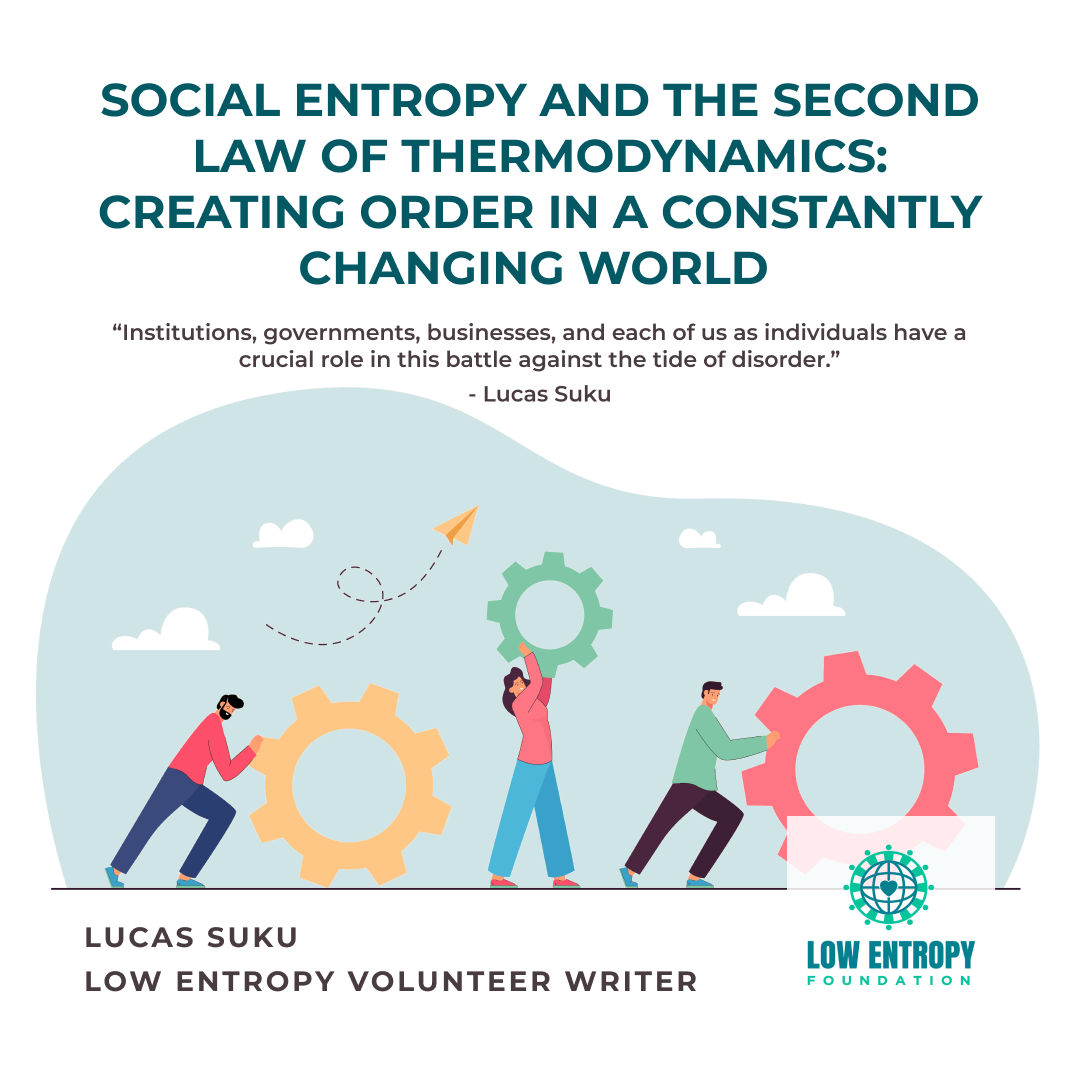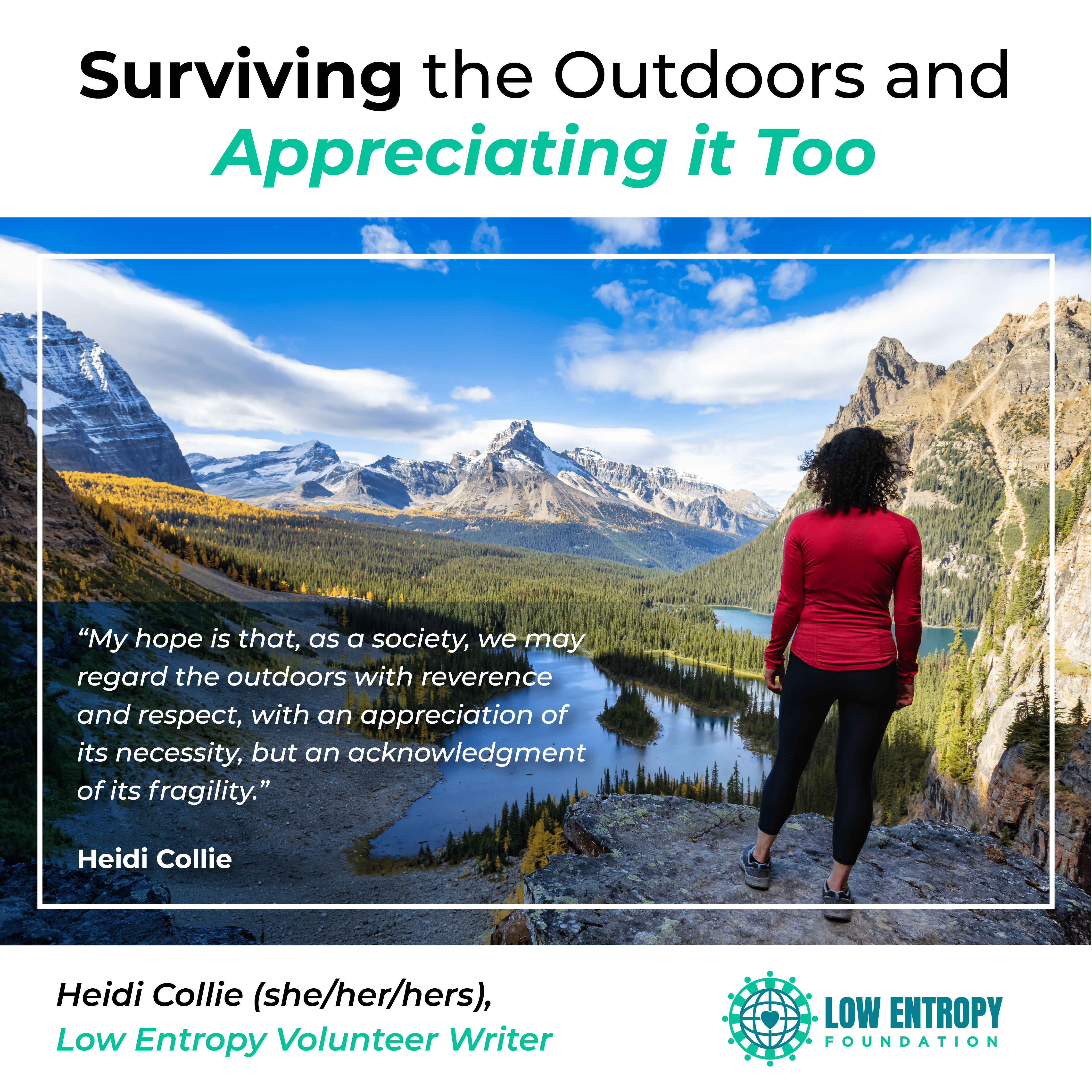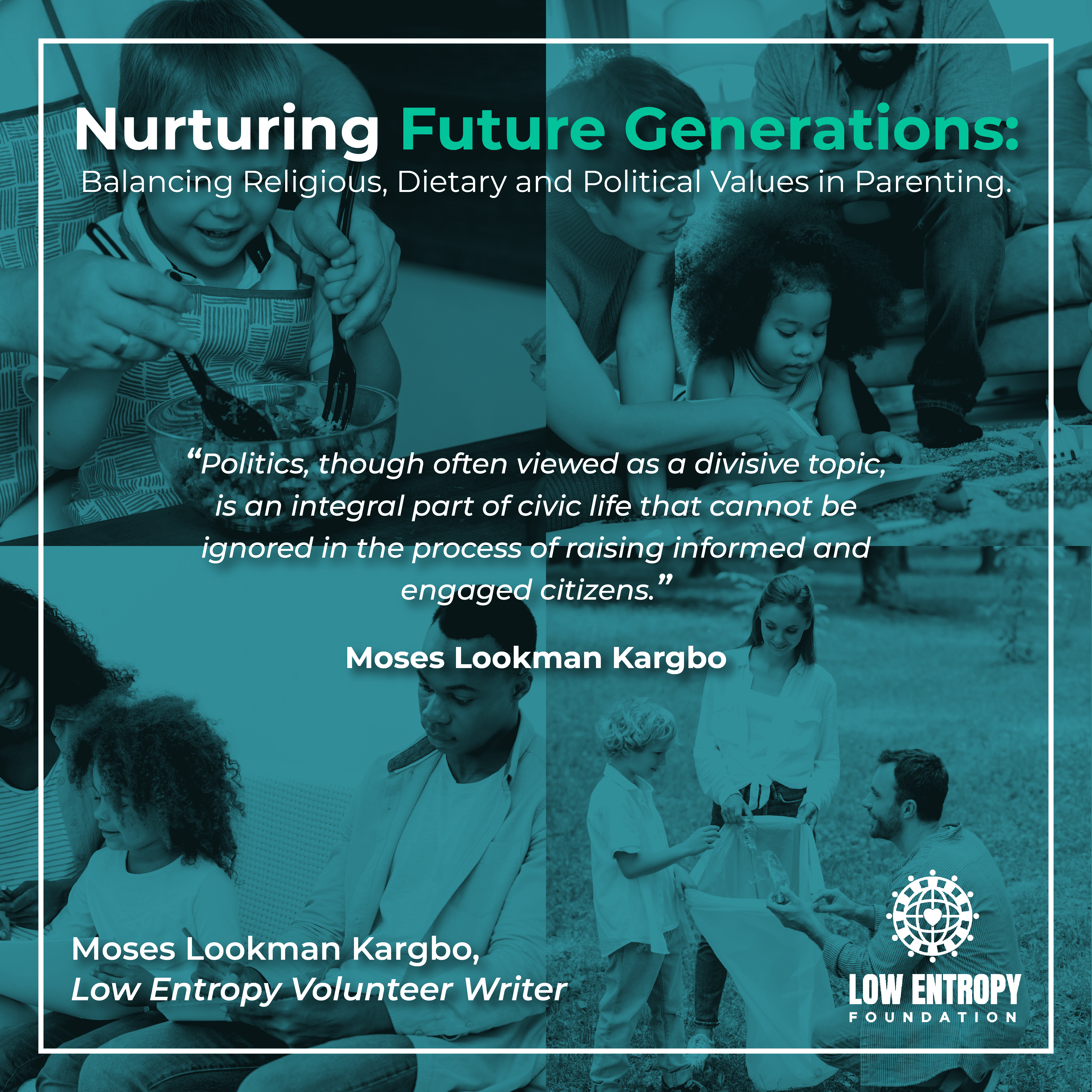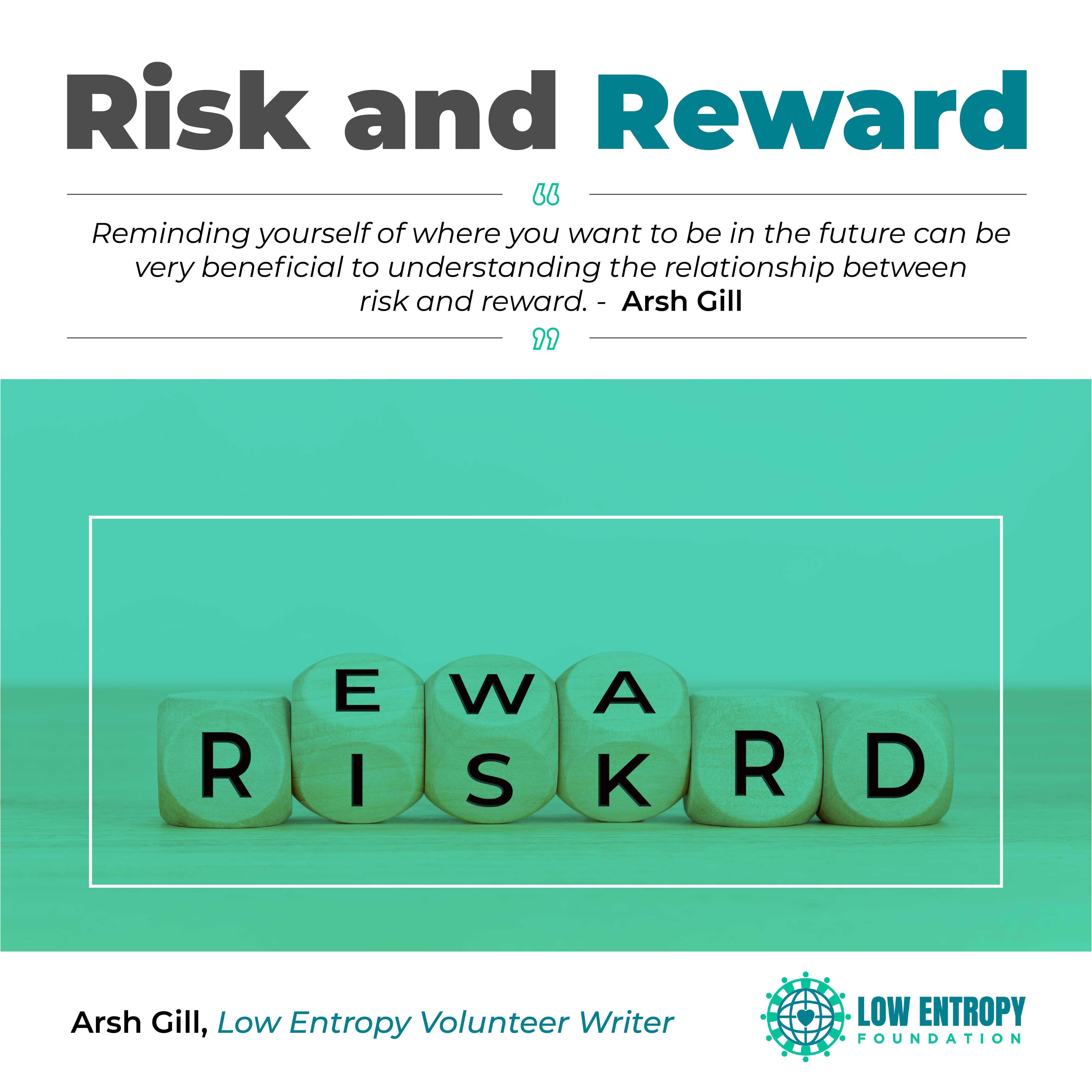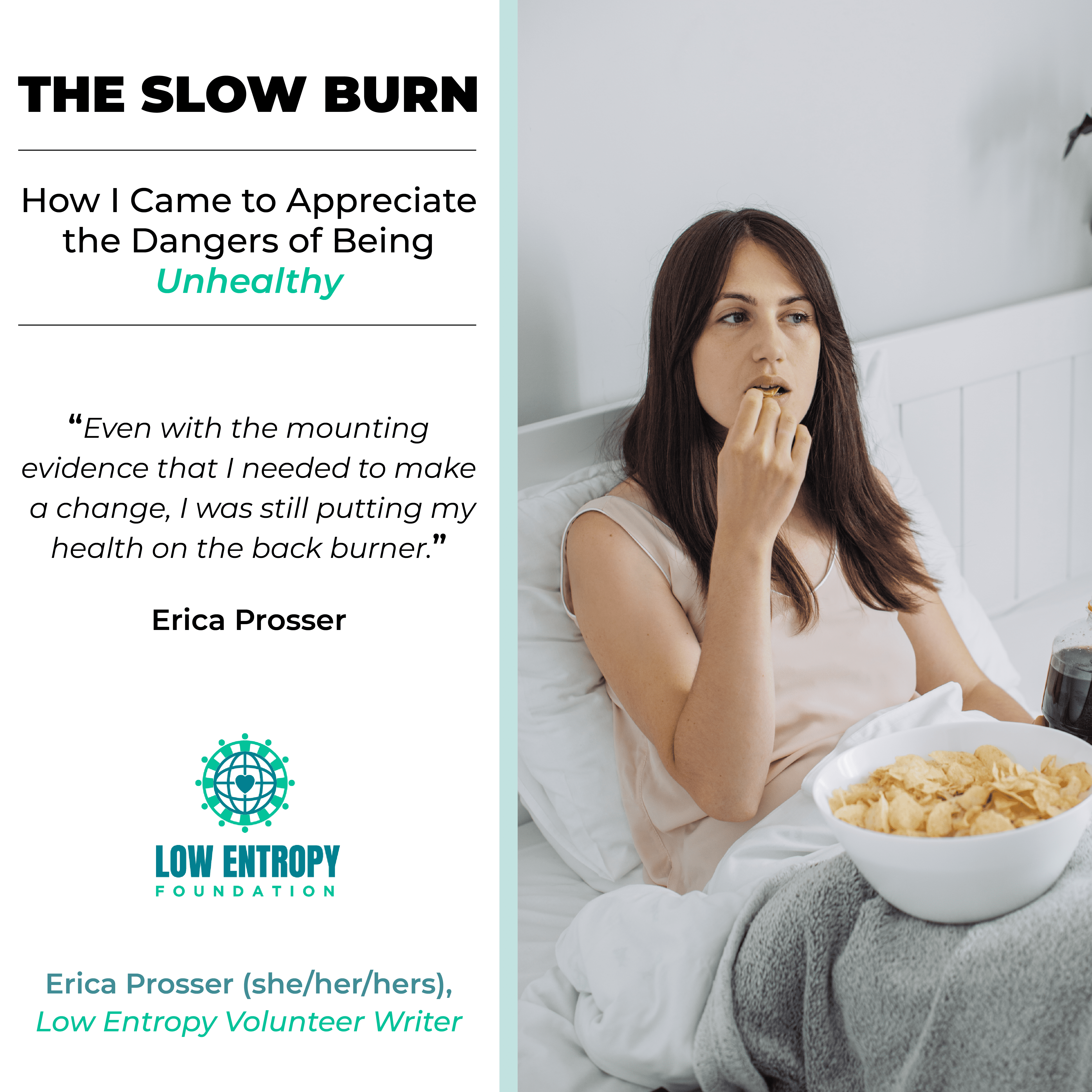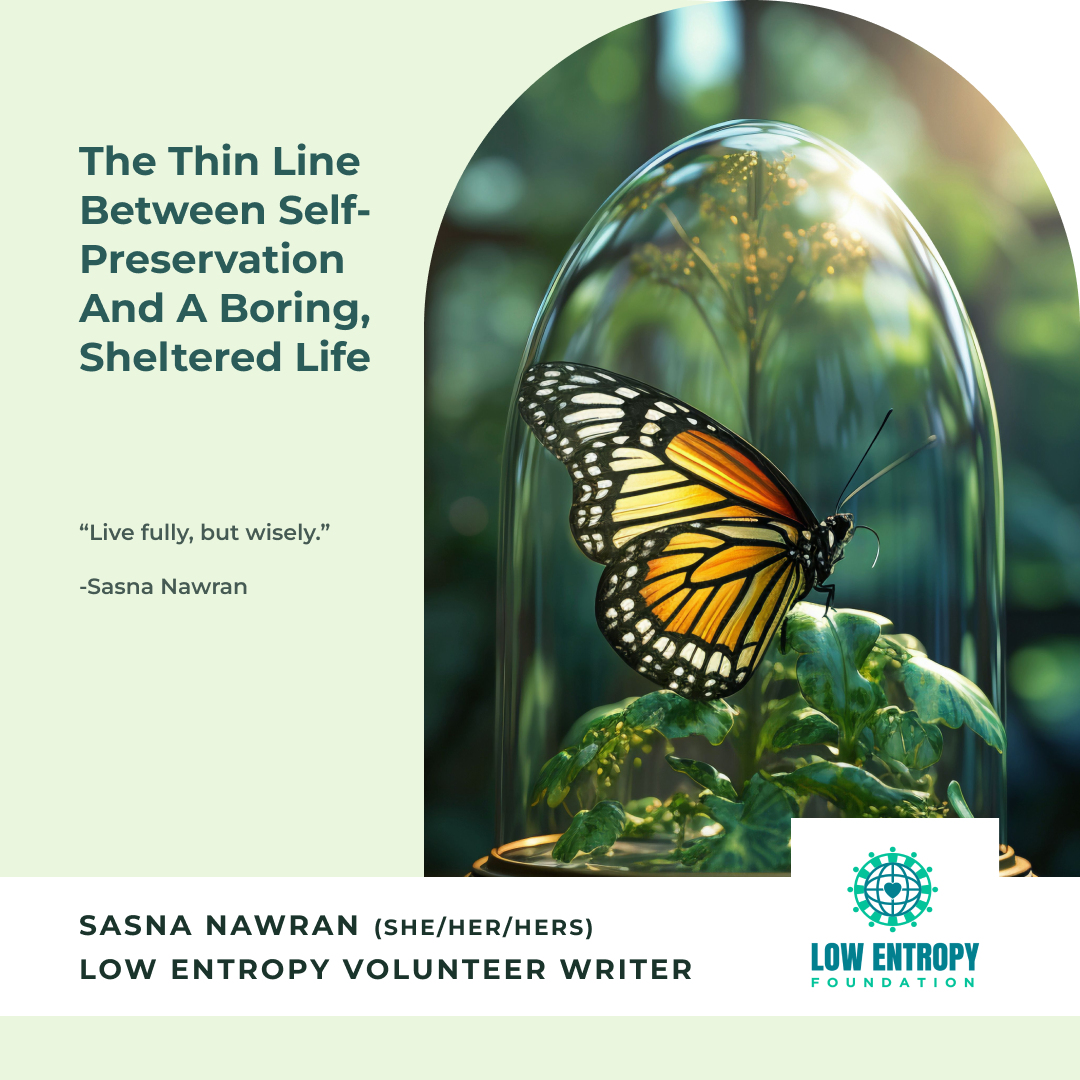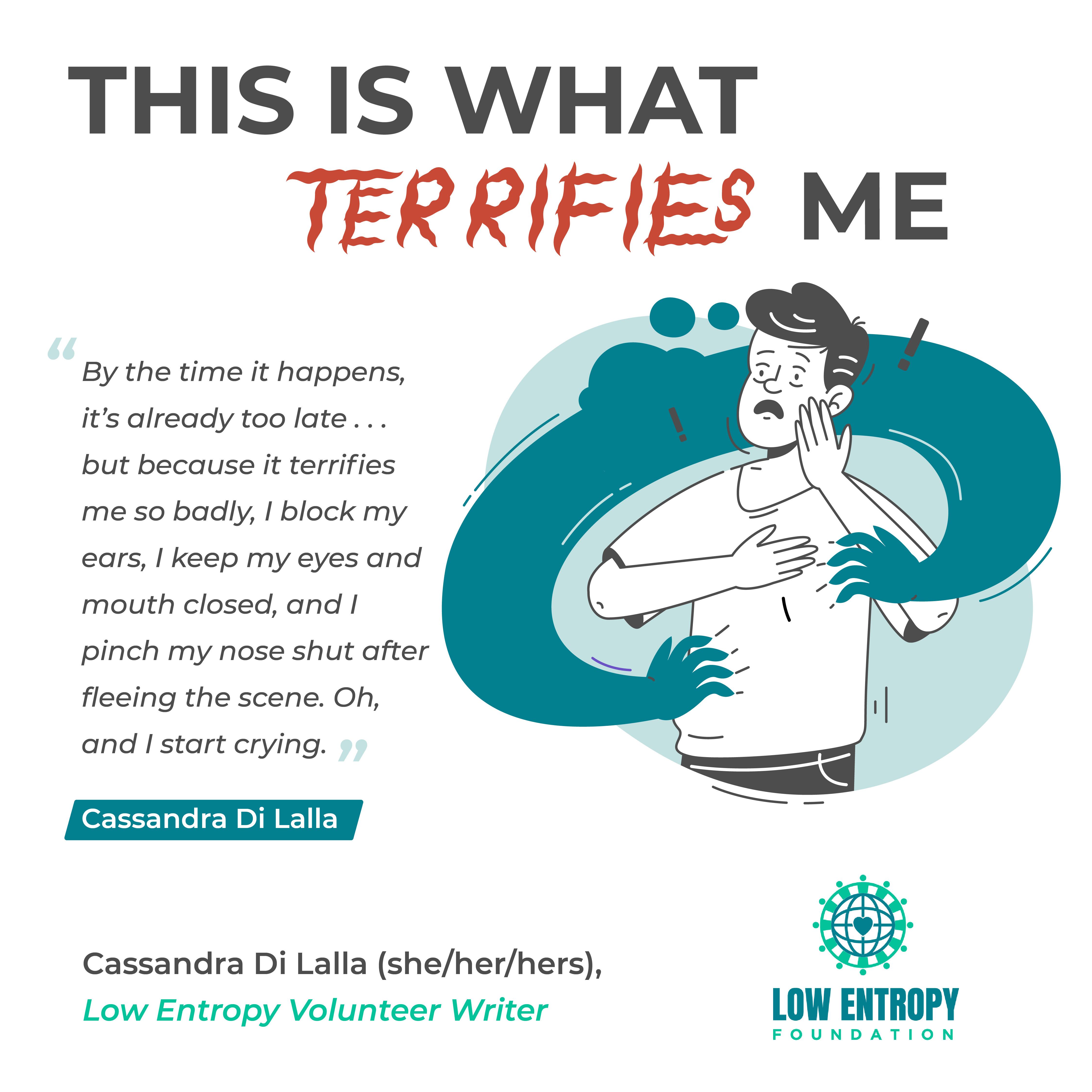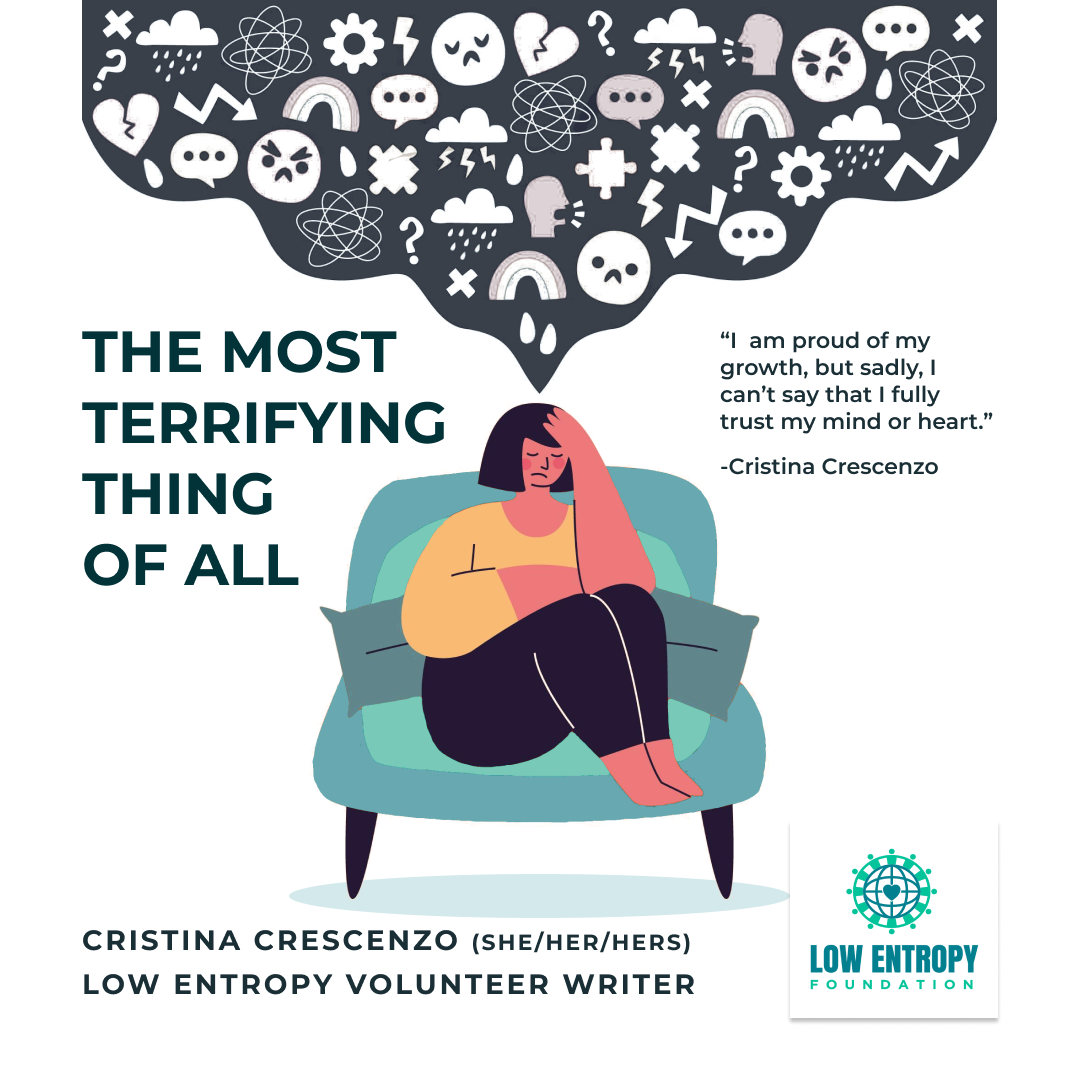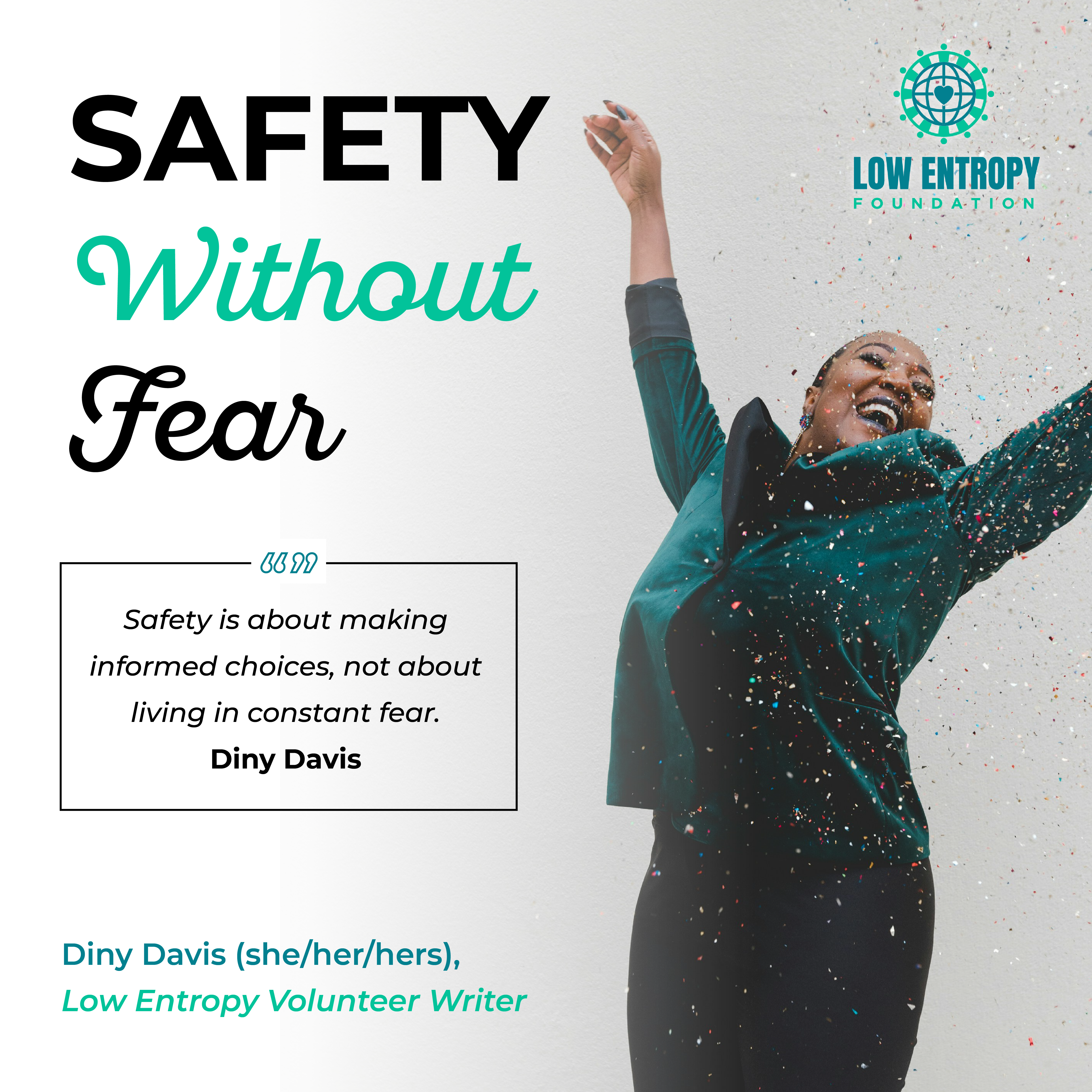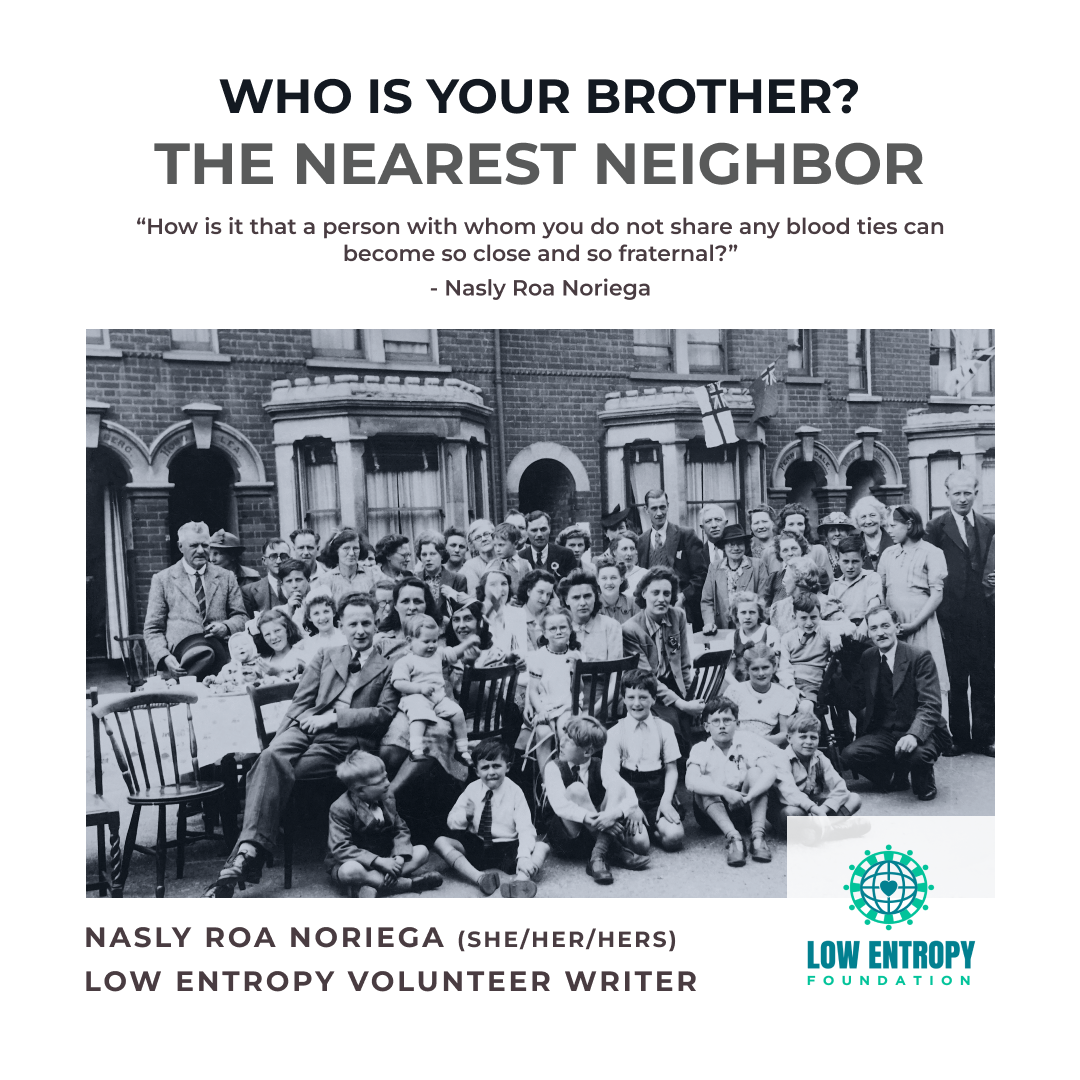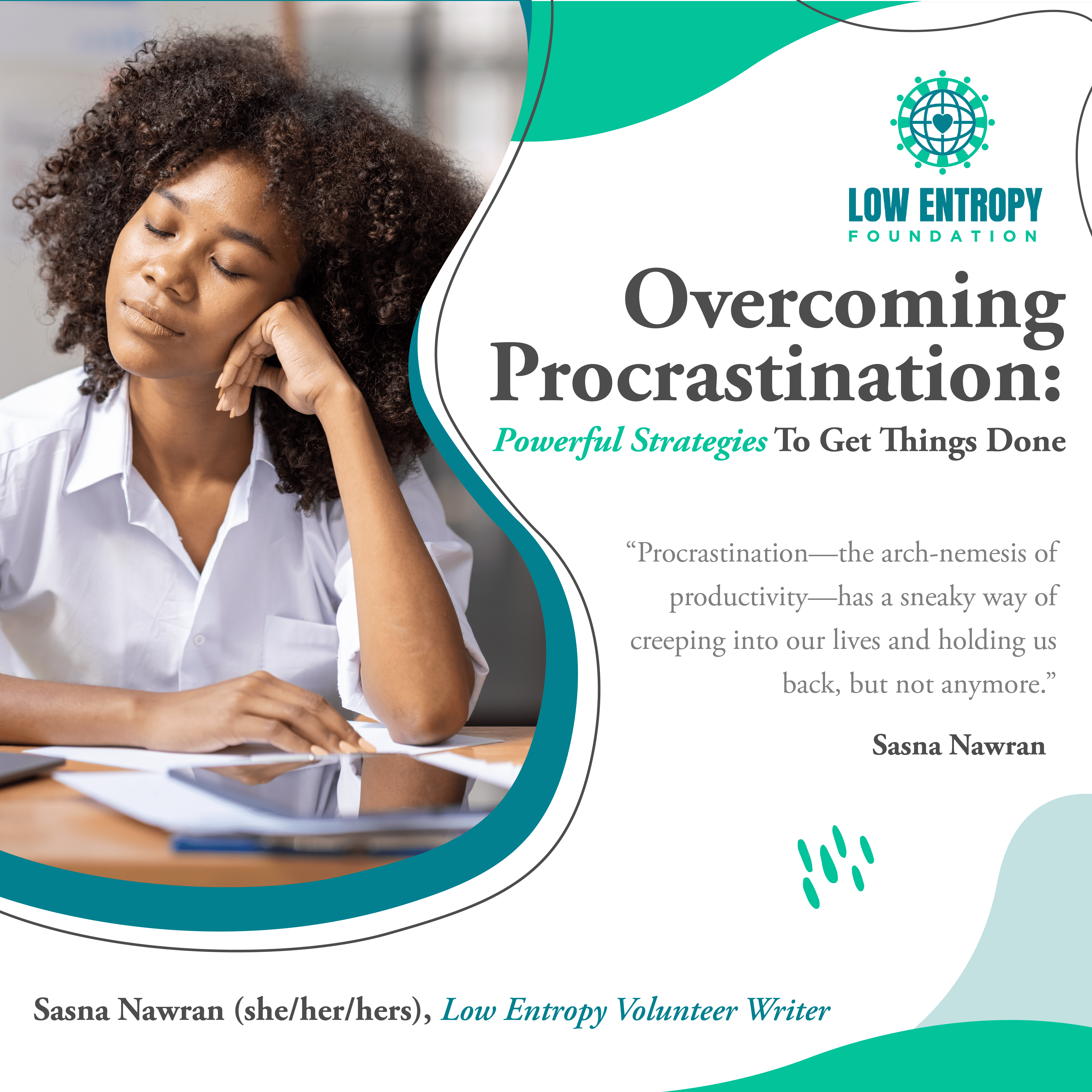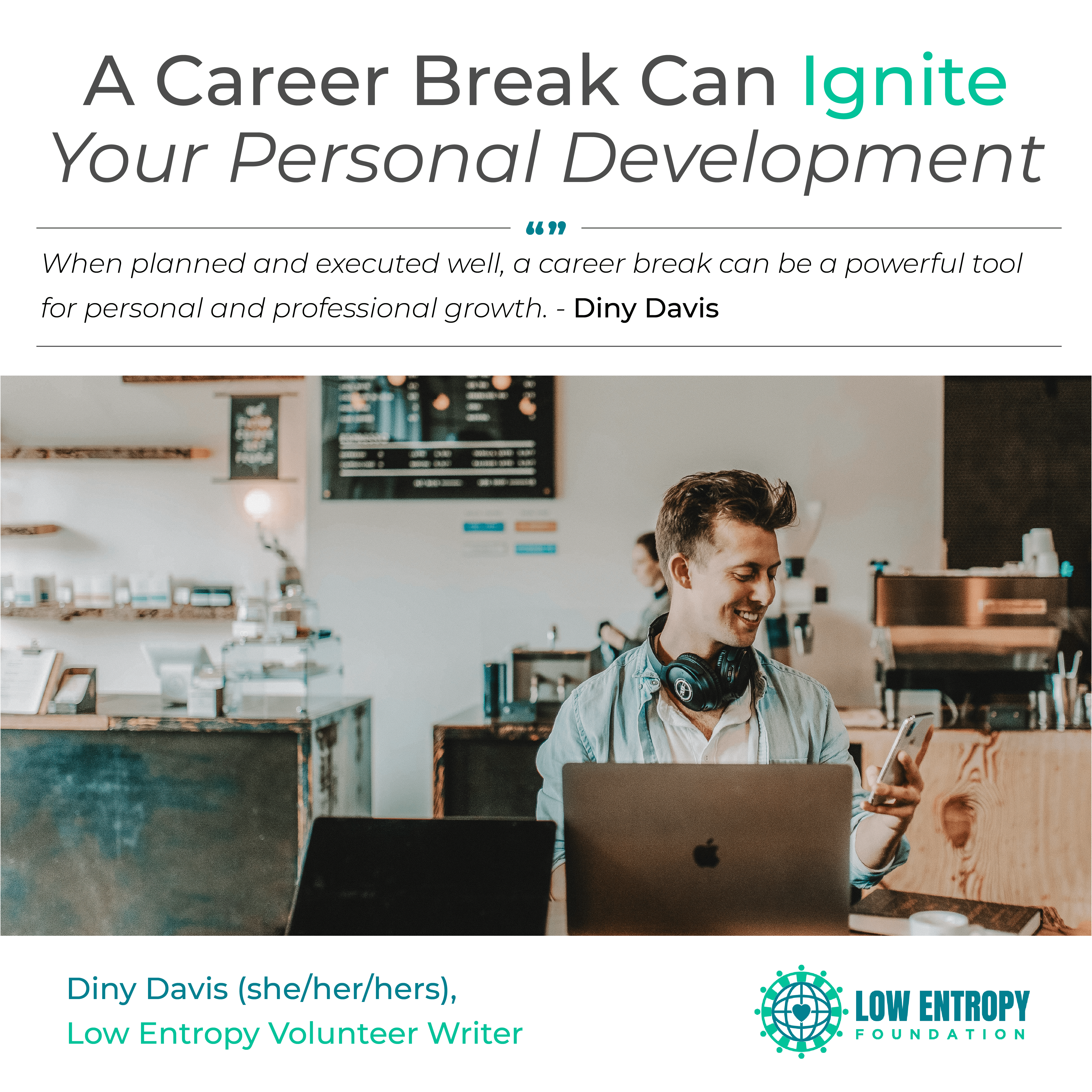Lauren Long (she/her/hers), Low Entropy Volunteer Blog Writer
As you read this, you’re probably asking yourself, “What is The Empowered Pole Dance Project?” “How is it empowering?” “How is pole dance empowering?” Well, I’m going to answer all of those questions. This is the story of The Empowered Pole Dance Project, and how it brought a purpose to my life I didn’t know I was looking for.
I first had the idea for The Empowered Pole Dance Project in 2021 after watching Netflix’s documentary Strip Down, Rise Up, a visual masterpiece that demonstrates the many different ways pole dance can impact and change lives for the better. So many stories were told in 112 minutes, and this was where the idea for The Empowered Pole Dance Project was born.
When the idea for this project was floating around in my head, I was thinking, “How many more people are out there who want to share their story?” This thought laid the groundwork for the mission and focus of the project, and once that was in place, it was time to start finding people who wanted to share their stories and be heard.
A way that I look at it is that I became an investigative journalist for pole dancers. I would, and continue to, use Instagram to find and reach out to pole dancers to ask if they were interested in joining the project.
On February 11, 2022, I had the first video call for The Empowered Pole Dance Project with three of the dancers I’d reached out to. They were all enthusiastic about the project and promised to reach out to other dancers in the community that they thought would be interested.
A few months later, I published the first article on May 4th. In the days leading up to the first publication, my body and brain felt alive with energy. Fear and hope in equal measure warred in my mind. The whole time I was getting ready to publish, I was thinking, “This is going to go one of two ways: it’s going to blow up and be successful, or it’s going to have a few stories and then die out.”
Well, I’m pleased to tell you, the first happened. Within 24 hours of publishing that first article, I received an email from someone who had read it and wanted to work with me to share their story. Two years later, I have collaborated with 20 dancers on their stories and reached out to more.
I’ve never been a person to assume a leadership position, so this project has pushed me out of my comfort zone in that regard. I was terrified with the first couple of stories, but with every one I published, I was encouraged to keep going when I saw how people were responding to it. Because of this project, I’ve had the chance to meet and connect with (virtually) some of the biggest names in the pole dancing world, like Anastasia Sokolova, who became world-famous when she competed on Ukraine’s Got Talent, and Johanna Sapakie, who was Jennifer Lopez’s coach for the 2019 film Hustlers and took part in Jennifer and Shakira’s legendary 2020 Super Bowl Halftime Show.
If I had to pick one word to describe The Empowered Pole Dance Project, it would be camaraderie. I’ve met so many great people doing this project that I wouldn’t have, had I not taken a leap of faith and typed out that first message.
I’ve heard so many stories of how pole dance has changed people’s lives for the better physically, mentally and emotionally. How it’s transformed their relationships with their bodies, themselves and those around them. I’ve heard how it has saved people’s lives because it’s given them a safe space from whatever is happening outside the pole studio. How it’s set them free from shame and fear from past events.
I started this project because I wanted to make a difference in how the world sees us. I want to break down the stigma and prejudice around pole dancing once and for all, and see all pole dancers, pole athletes and strippers alike be treated with the dignity and respect they deserve. This project brought purpose to my life, because every story I tell, I receive gratitude from the dancers I’ve interviewed. So many of them have thanked me for giving them the chance to tell their stories in a space where they won’t be judged.
If anyone out there has a project they want to pursue, do it. Take that leap of faith and see where it takes you. You might be surprised at what you discover along the way.
—
Born and raised in Quesnel, BC, Lauren Long is a strong advocate for mental health and well-being, as well as being a major Swiftie and a role model for positive body image. When she’s not writing, you can find her on the pole, on the training mats or curled up with a good book.







